Have you ever wondered what life was like within the royal palace during the golden age of the Melaka Sultanate? When I was young, I used to dream of the royal courts as I walked past the old town, imagining the sultans and nobles who once lived here. The Istana Kesultanan Melayu Melaka, a beautifully crafted replica of the 15th-century Malay Sultanate palace, brings those dreams to life. Also known to many international visitors as the Melaka Sultanate Palace, this museum has been a special place to me ever since I first stepped inside as a curious schoolboy.
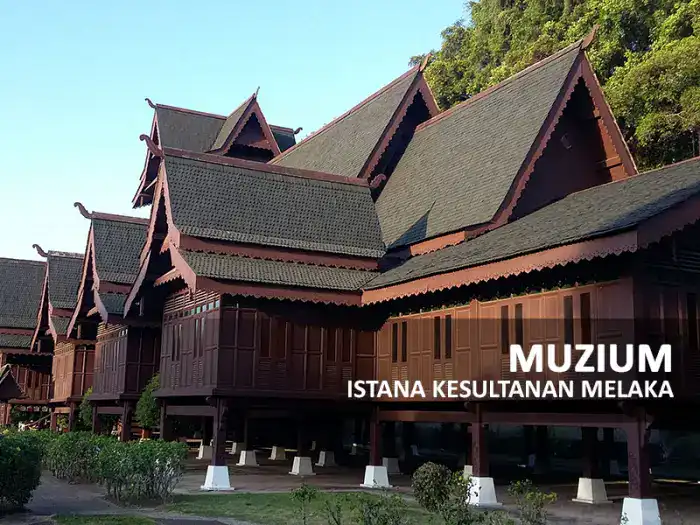
Built to revive the grandeur of the original palace lost over time, the Istana Kesultanan Melayu Melaka was officially opened on July 17, 1986. It was a moment of pride for locals like me to see our heritage preserved carefully, reminding us of Sultan Mansur Shah’s noble reign from 1456 to 1477. For me, visiting this palace museum feels like stepping back to a time when Malay royalty shaped the history and culture we cherish today.
The palace showcases traditional Malay architecture with intricate wooden carvings, pitched roofs, and carefully designed rooms that once held royal ceremonies, councils, and day-to-day life. Inside, you’ll find galleries filled with historical artifacts, royal costumes, weapons, and recreations of important cultural scenes, including the famous legendary duel between Hang Tuah and Hang Jebat, two heroic warriors of Melaka’s past.
As someone who grew up alongside Melaka’s evolving cultural landscape, the Istana Kesultanan Melayu Melaka remains a treasured symbol of our proud history. Every visit reconnects me with stories passed through generations, deepening my appreciation of the royal traditions that still inspire us today.
The Historical Significance of the Melaka Sultanate
To truly appreciate the Istana Kesultanan Melayu Melaka is to understand the incredible legacy of the Melaka Sultanate itself, a powerhouse of culture, trade, and politics in 15th-century Southeast Asia. Founded around 1400 by Parameswara, also known as Iskandar Shah, the sultanate quickly grew from a modest settlement into one of the most important maritime trading hubs of its time.
At its height during the 15th century, the Melaka Sultanate controlled vast territory covering much of the Malay Peninsula, parts of Sumatra, and various islands along the Strait of Malacca, a vital global trade route that still carries nearly a quarter of the world’s trade today.
This strategic location made Melaka a bustling port of call for traders from China, India, the Middle East, Europe, and beyond.
Under the reign of Sultan Mansur Shah (1456–1477), the sultanate not only expanded its lands but flourished as a centre of Islamic learning, Malay culture, and diplomacy. It was during this golden era that classical Malay literature was cultivated, the Malay language spread as the lingua franca of the region, and the Jawi script, derived from Arabic, became a key medium of knowledge and religious education.
Melaka’s influence went beyond trade; it was a beacon of Malay-Muslim civilization, setting standards for governance, law, and royal customs that shaped future Malay sultanates across the archipelago. Its political systems, such as the concept of daulat (divine royal sovereignty), continue to influence Malay monarchy and identity today.
The sultanate’s fall to the Portuguese in 1511 marked the end of its golden age but not its legacy. Successor states like Johor and Perak carried forward its traditions, and the stories, culture, and historical pride of Melaka endured, celebrated today in the Istana Kesultanan Melayu Melaka, a living reminder of a remarkable era in Malaysian history.
Exploring the Unique Features of Istana Kesultanan Melayu Melaka
Stepping through the doors of the Istana Kesultanan Melayu Melaka, you are greeted by a refined display of traditional Malay architectural beauty. The palace replica is crafted with attention to historical accuracy, featuring eight well-preserved rooms and three detailed galleries, each revealing a different facet of royal life in the Melaka Sultanate era.
I still remember my first visit here as a young boy, wide-eyed and eager to soak in every detail of the royal world I had only read about in books. The grandeur of the palace, its delicate carvings, and the rooms where sultans once held court left a lasting impression on me.
One of the standout galleries is the recreation of the royal band room, where the enchanting traditional Malay instruments are exhibited. Imagine the graceful melodies that once filled the palace grounds during royal ceremonies and festivities, music that symbolized the harmony and dignity of the sultanate. Nearby, the weapons gallery showcases the armory of royal warriors: from elegant kris daggers to defensive shields, these items speak of bravery and honor etched deep into Melaka’s history.
Perhaps the most captivating exhibit is the dramatic portrayal of the legendary duel between Hang Tuah and Hang Jebat, two of Melaka’s greatest warriors. Their story of loyalty, friendship, and sacrifice taught me as a child about the complexities of honor and justice in Malay culture. Here, life-size depictions bring that timeless tale vividly to life.
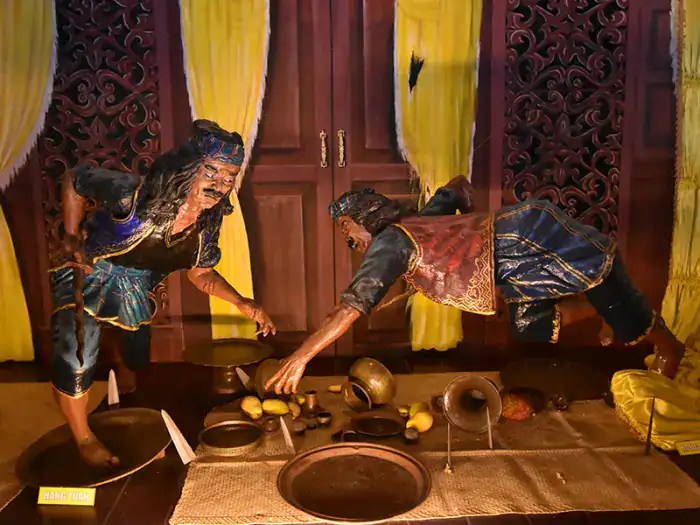
The palace also features exquisite royal attire, intricate jewelry, ceremonial gifts, and dignified decorations that showcase the craftsmanship and cultural pride of the Malay people. Walking through these halls today, I’m reminded that the spirit of Melaka’s royal heritage lives on, continuing to inspire pride in every Malaysian who calls this city home.
Visiting the Istana Kesultanan Melayu Melaka, or the Melaka Sultanate Palace as many call it, is more than an educational trip, it is a journey into the heart of Melaka’s rich past and enduring identity.
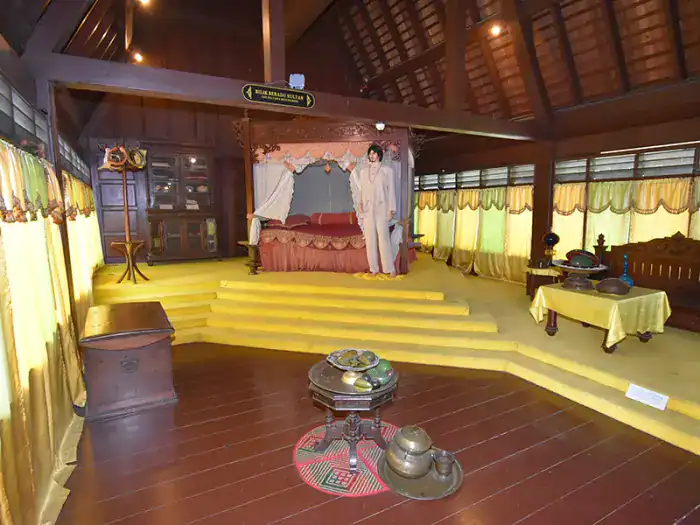
Practical Information for Visiting Istana Kesultanan Melayu Melaka
If you’re planning a visit to the Istana Kesultanan Melayu Melaka, or the Melaka Sultanate Palace, as many call it, here’s what you need to know to make the most of your experience.
Opening Hours:
The palace museum opens every Tuesday to Sunday, from 9:00 AM to 5:30 PM. Please note it is closed on Mondays, so plan your visit accordingly to avoid disappointment.
Ticket Prices:
Admission is very affordable, making this a perfect cultural stop for families and visitors of all ages. Local adults pay RM10, while Malaysian children aged 7 to 12 pay RM5. Children under 6 enter free. For foreigners, adult tickets cost RM20, and children pay RM10.
Prices are subject to change. Visit Melaka Sultanate Palace Museum’s official website for the latest price. Or call: Tel : +606 333 3333 / +606 282 6526.
Getting There:
The palace is conveniently located at Jalan Kota, right in the heart of Melaka’s historical district. It’s a short walk from other key attractions like St. Paul’s Hill and the Stadthuys. Parking is available nearby, and public transport options also serve the area for those who prefer not to drive.
Visitor Tips:
- Since the museum closes by early evening, arriving mid-morning or early afternoon is ideal to explore fully without rushing.
- There is no formal dress code, but modest attire and removing shoes before entering certain parts of the palace is customary.
- Photography is permitted, so bring your camera to capture the exquisite wooden carvings and interactive displays.
- While the museum doesn’t offer costume rentals, nearby cultural centers sometimes do if you want to dress like royalty for photos.
A Personal Note: Why This Palace Matters to Me
Growing up in Melaka, the Istana Kesultanan Melayu Melaka was one of my first lessons in understanding our rich history, the bravery of our sultans, the beauty of Malay craftsmanship, and the stories that shaped my identity. Whenever I visit, I’m reminded that this palace is not just about the past but a living symbol of pride and unity for all Malaysians.
I warmly encourage every visitor to set aside at least an hour here. Let yourself be transported to a time when Melaka was a powerful sultanate and feel the royal heritage that continues to shine in every wooden beam and carved motif.







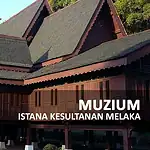
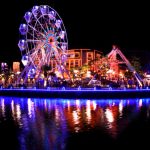

Saya Ashraf dari Tangkak,nak tanya untuk harga rombongan sekolah ada potongan harga tak? Untuk 36 orang pelajar dan 4 orang guru pembimbing.SMK Tun Mamat
sila tuan berhubung dengan pihak PERZIM..
kami tiada hubungan dengan pihak pengurusan Istana Kesultanan Melayu Melaka..
maaf tidak dapat membantu.